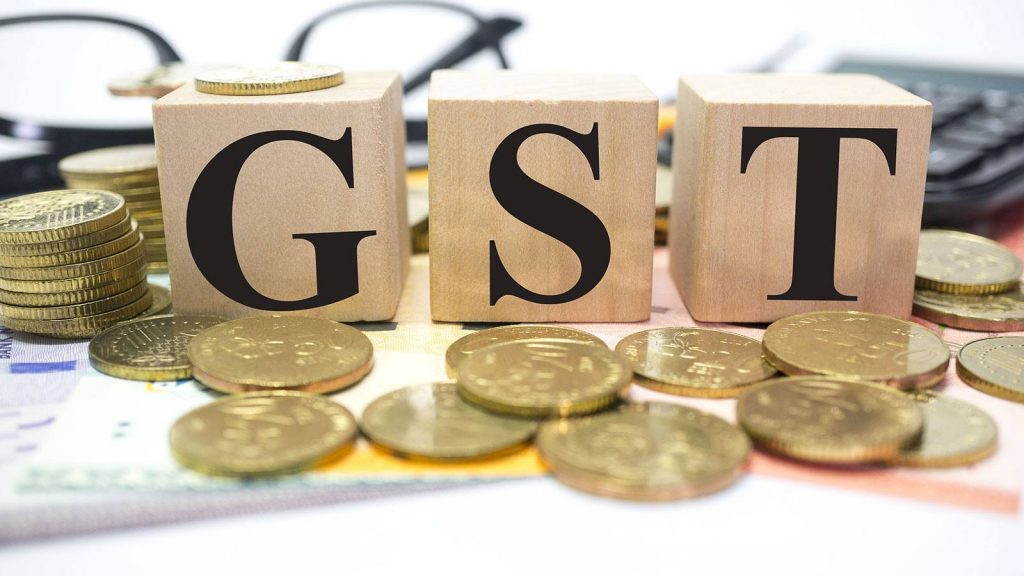July 21, 2020: GSTN’s statistical report has interesting info. Courtesy Covid, there were no major celebrations on GST completing three years in India. However, the GST Network issued a 40-page statistical report on an assortment of areas under the GST. Since this is only a statistical report, and not a Notification, it makes for easy reading.
The report states that the total number of active taxpayers as on June 2020 was 1.23 crore — an increase of around 14 per cent from April 2018. It was in April 2018 that GST revenues crossed the magical ₹1-lakh-crore mark — and the figure has remained almost the same prior to the pandemic striking. Somebody in GSTN should enquire why despite a 14 per cent rise in the number of active taxpayers, GST revenues remain flat. It is also clear that the concept of casual taxable person has not found favour with the taxpayers — total registrations across the country were only 45.
Interestingly, there were also a grand total of three non-resident taxpayers. Maharashtra, Uttar Pradesh, Gujarat, Tamil Nadu and Karnataka lead the list of active taxpayers. To add a bit of fizz to the data, GSTN should have compared this with the list of active taxpayers in the pre-GST regime. It could be argued that the data are not comparable since the threshold limits were different in the two regimes. Yet, we should remember that these are statistics — any number can be interpreted in any manner.
Data, data
The Central Board of Indirect Taxes and Customs (CBIC) should be pleased that the graph on the total number of returns filed is climbing with some troughs in between. If not for the setback of the last few months, the cumulative number of returns could well have touched 50 crore.
Not all registered taxpayers have filed their monthly GSTR 3B returns — on an average 75-80 per cent do this on time. The statistics on the contribution from different constitutions of business reveals a startling fact — 80.18 per cent of taxpayers are proprietors and not listed or limited companies. Partnership forms contribute around 10.78 per cent.
This could be because large companies tend to be exporters who don’t have to charge GST. The above should be cause of concern to CBIC — the pandemic has added to the woes of the government, as GST revenues are linked to the compensation payable to State governments.
If there is one area where GST has delivered, it is e-way bills. On February 29, 2020, a record 25.19 lakh e-way bills were generated. More than 70 crore e-way bills have been generated till now.
The report also has non-statistical information in the form of outreach initiatives taken by the CBIC. They announced the launch of GST Interactive Technical Assistant (GITA) — a chatbot.
The chatbot works on Artificial Intelligence and is loaded with pre-drafted responses to the queries asked by taxpayers on common topics such as payment, e-way bill, registration, refunds and returns.
Chatbots, in general, suffer from the drawback of not being able to answer too many questions. Probably the only advantage that GITA has over any GST consultant is that it will not tire and give in to eccentricities as many consultants do. GITA will answer only what it has been told to and, therefore, cannot answer questions such as ‘When will GSTAT be established?’ or ‘Do you feel GST law is successful in India?’
Source: The Hindu








